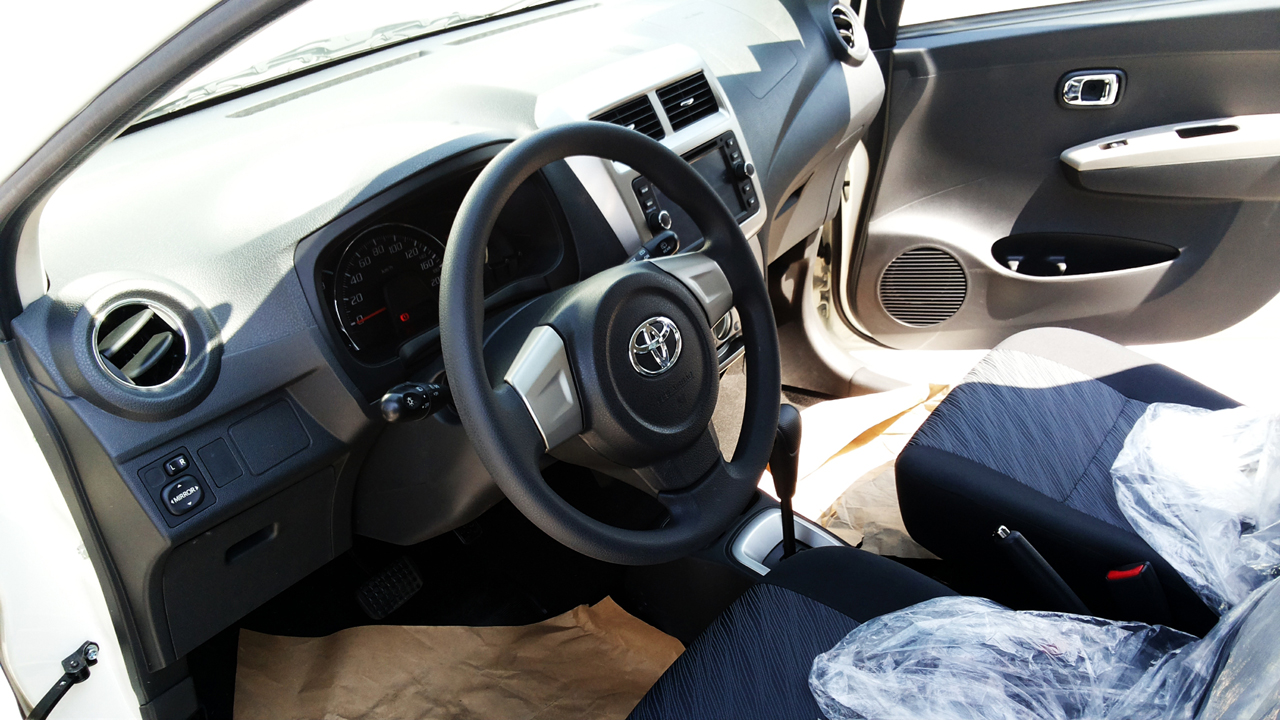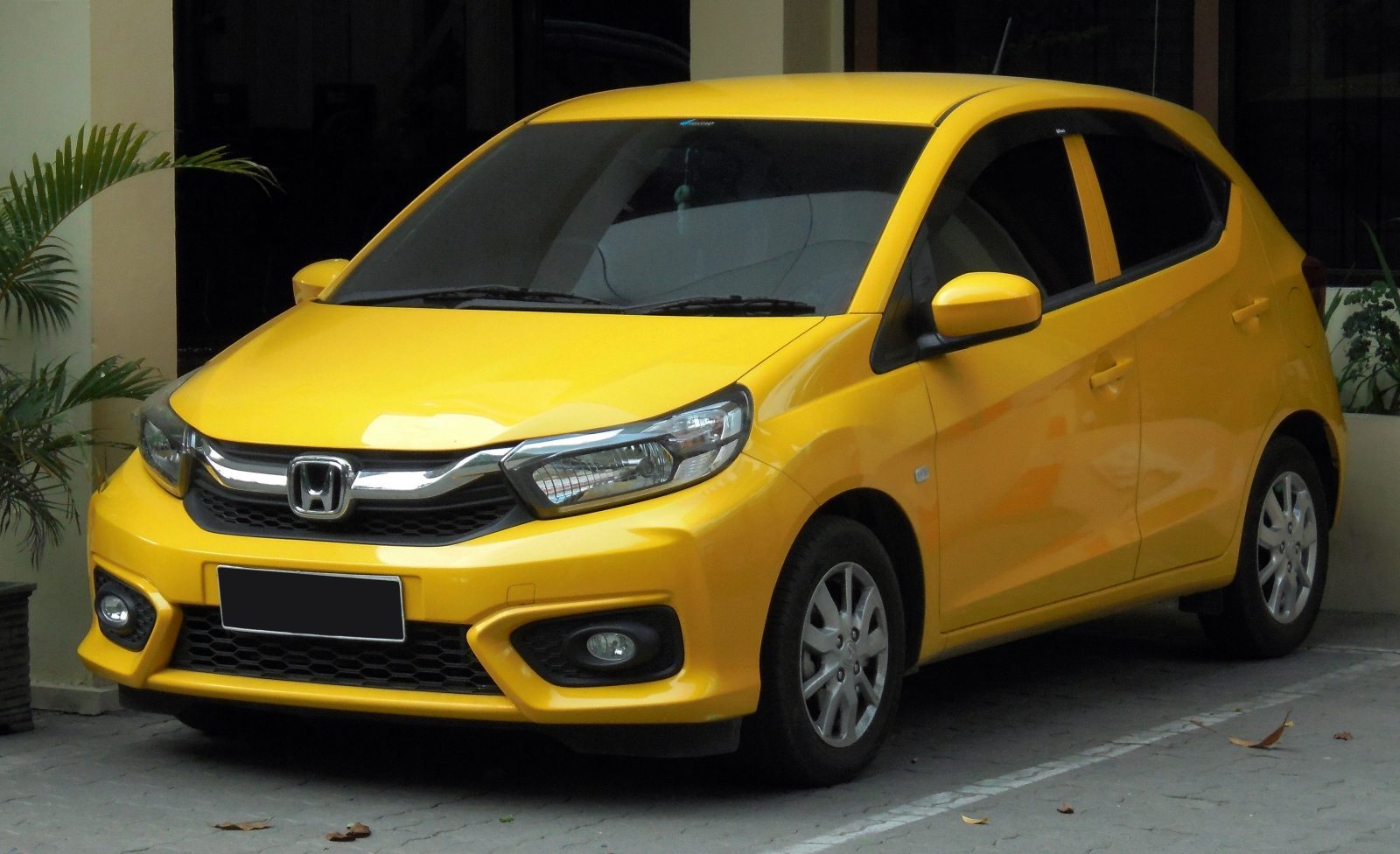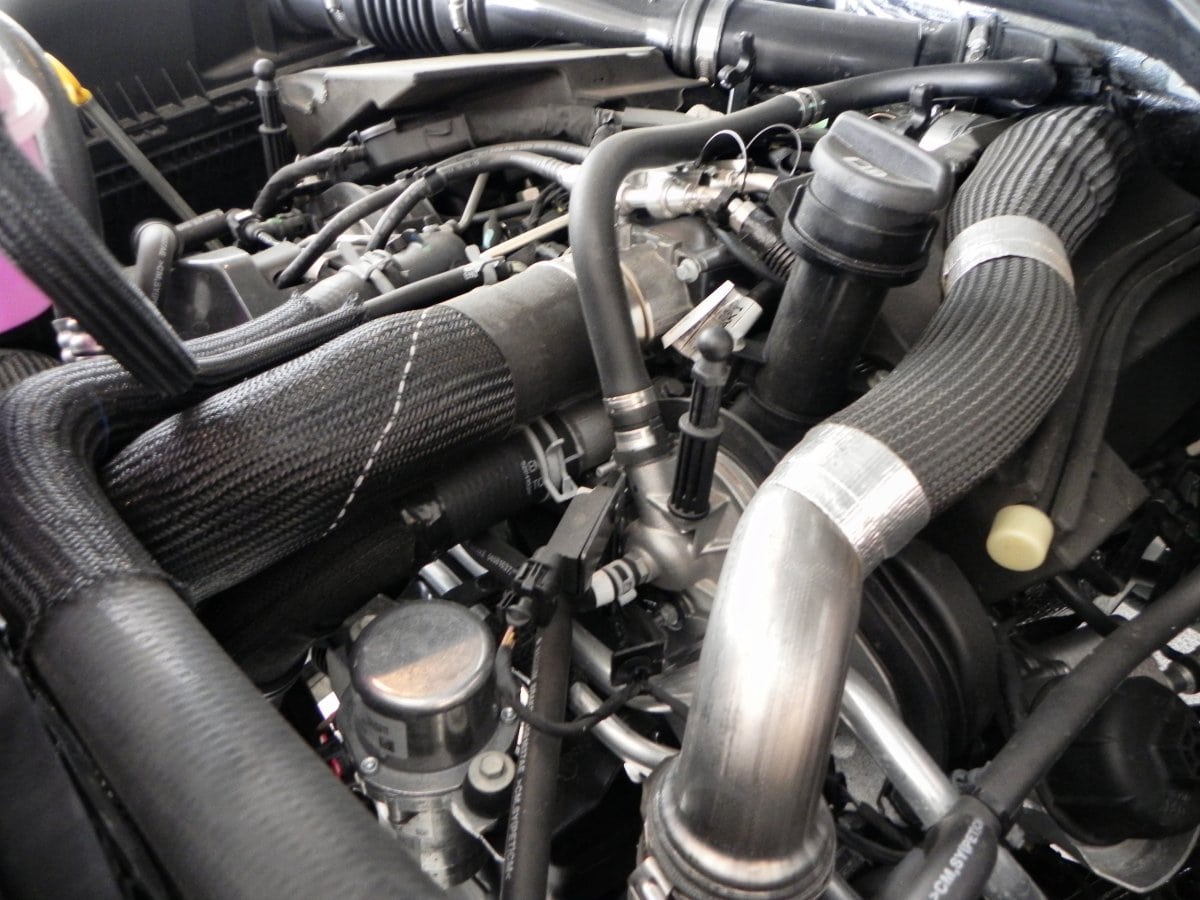The two protagonists in this comparison are Toyota Wigo vs Honda Brio. We will look at the two models and shed light on the key difference.
Introduction
It can be daunting for a person to buy their first vehicle because of the many options. People often ask which model is better, the relatively new Toyota Wigo vs Honda Brio, the best rivals in the supermini car segment.
This article attempts to break down the details of both these models, how they compare, and helps you decide which one is the most suitable for you.
Exterior: Toyota Wigo vs Honda Brio
There isn’t too much of a difference in the exterior design of the two models. Both are quite similar in size, bringing the overall harmony and exuding the elegance and neatness of the Hatchback type.
Toyota Wigo

Wigo is slightly more compact in size (3,700 x 1,600 x 1,520mm) with a 880 – kg curb weight. Its design style is made up of sharp lines instead of rounded like the rival, making it a bit angrier-looking.
Customers can easily recognize typical Toyota details. These include the large inverted trapezoidal grille, integrated halogen headlight bulbs, front fog lamps, standard signal light, rear spoiler, and halogen taillights.
Honda Brio

In terms of size, you can see that the Brio is a bit larger (3815 x 1680 x 1485mm), so its curb weight is also heavier than the opponent (992kg)
With Brio, the front design is considered the most attractive in the segment. The grille cluster is made quite large to show a clear sportiness.
The headlight cluster is also beautifully shaped and gives a heavier style. The LED tail light bulbs give an extra flair (instead of halogen type as Wigo).
Winner: Both
Interior: Toyota Wigo vs Honda Brio
Inside, two models have room for five people to sit comfortably. Ensure both models have at least some driver amenities: fabric seats, 12V outlets can be found already standard, as well as manual air-conditioning control systems.
Both are equipped with a comfortable adjustable steering wheel made from high-quality urethane, a set of analog gauges in front that give off a charming vibe, and an additional digital trip computer for the driver’s convenience.
Toyota Wigo

A 7-inch infotainment screen comes standard for the G and TRD-S variants with Apple CarPlay and Android Auto capabilities.
However, this is only standard in these two trims, as the E variant doesn’t come with the infotainment system at all (only a 2 DIN unit).
Completely new to this vehicle lineup is digital climate control which definitely adds an element of convenience to vehicles now equipped with it. It’s nice to know it’s been added as an additional feature to some of its variants!
Honda Brio

This vehicle comes with an impressive range of standard features, including a 7-inch touchscreen with USB, Bluetooth, AUX ports, and digital climate control.
However, a major minus point of distinction between the two models is that Brio does not come with Apple CarPlay or Android Auto compatibility.
These capabilities are important in this smartphone-driven world, especially as drivers need to use navigation systems but don’t want the distraction of using a device physically or manually.
With these two systems, drivers can use Google Assistant or Siri for phone notifications without picking up their devices.
Winner: Toyota Wigo
Safety: Toyota Wigo vs Honda Brio
There are few differences between them when it comes to safety features. They both have two airbags, immobilizers, anti-lock braking, and alarm systems, as well as backup cameras that display on the dashboard.
Here are the differences between these two cars:
| Toyota Wigo | Honda Brio | |
| Emergency brake assist | No | Yes |
| Keyless entry | No | Yes |
| Speed-sensing locks | No | Yes |
Winner: Honda Brio
Engine And Performance
Here, we will be focusing on how you can choose between two car models that come with different engine options.
Toyota Wigo
This vehicle is backed by a 65hp 1 liter 3 cylinder engine. You’ll also have some bold options as far as your transmission is concerned because this car has either a 4-speed automatic or a 5-speed manual.

Honda Brio
This model comes with an 89hp 1.2-liter 4-cylinder motor, providing the typical hatchback with adequate power on the market.
Like its rival, the Honda is available in both a manual transmission and an automatic one. However, where the vehicles are different is in the automatic option. This car comes with a more modern Continuously Variable Transmission (CVT).
Compared to the Wigo, the Honda Brio has more power because it offers more horsepower. And the four-cylinder engine also has more torque than what you’ll find in a three-cylinder vehicle.
In addition to the extra power, the Honda hatchback also comes with a newer transmission, which will help you take advantage of its energetic performance and keep your fuel economy in check.
Winner: Honda Brio
Variants And Price
Honda Brio
The model comes with five color options: Taffeta White, Modern Steel, Carnival Yellow, Rallye Red, and Phoenix Orange for you to choose.
| Variants | Price (in Php) | Price (in VND) |
| S 1.2 MT | 601,000 | 418,000,000 |
| V 1.2 CVT | 661,000 | not available |
| RS 1.2 CVT | 730,000 | 452,000,000 |
| Black Top CVT | 735,000 | not available |
Toyota Wigo
The model has seven color options: Silver Metallic, Orange Metallic, Black, Red, White, Gray Metallic and Yellow at a much more affordable price.
Here is the Toyota Wigo price Philippines for you to check in case you need it:
| Variants | Price (in Php) | Price (in VND) |
| E 1.0 MT | 568,000 | not available |
| G 1.0 MT | 623,000 | 352,000,000 |
| G 1.0 AT | 658,000 | 384,000,000 |
| TRD S 1.0 AT | 700,000 | not available |
Winner: Toyota Wigo
Some Final Thoughts
With the many similarities and differences between the two cars, choosing the best car for you will not be an easy decision. Of course, you must also consider many other things to make the most informed decision.
If you’re looking for a spacious car with a good driving feeling, then the Brio might work for your family!
On the other hand, if cost is the driving force behind your purchase decision and you need vehicles that don’t come with expensive maintenance fees, then the Wigo is for you.
We hope you will find the information we shared about the Toyota Wigo vs Honda Brio useful when making your choice. Please let us know if you have any questions about the cars we did not cover in our article!







